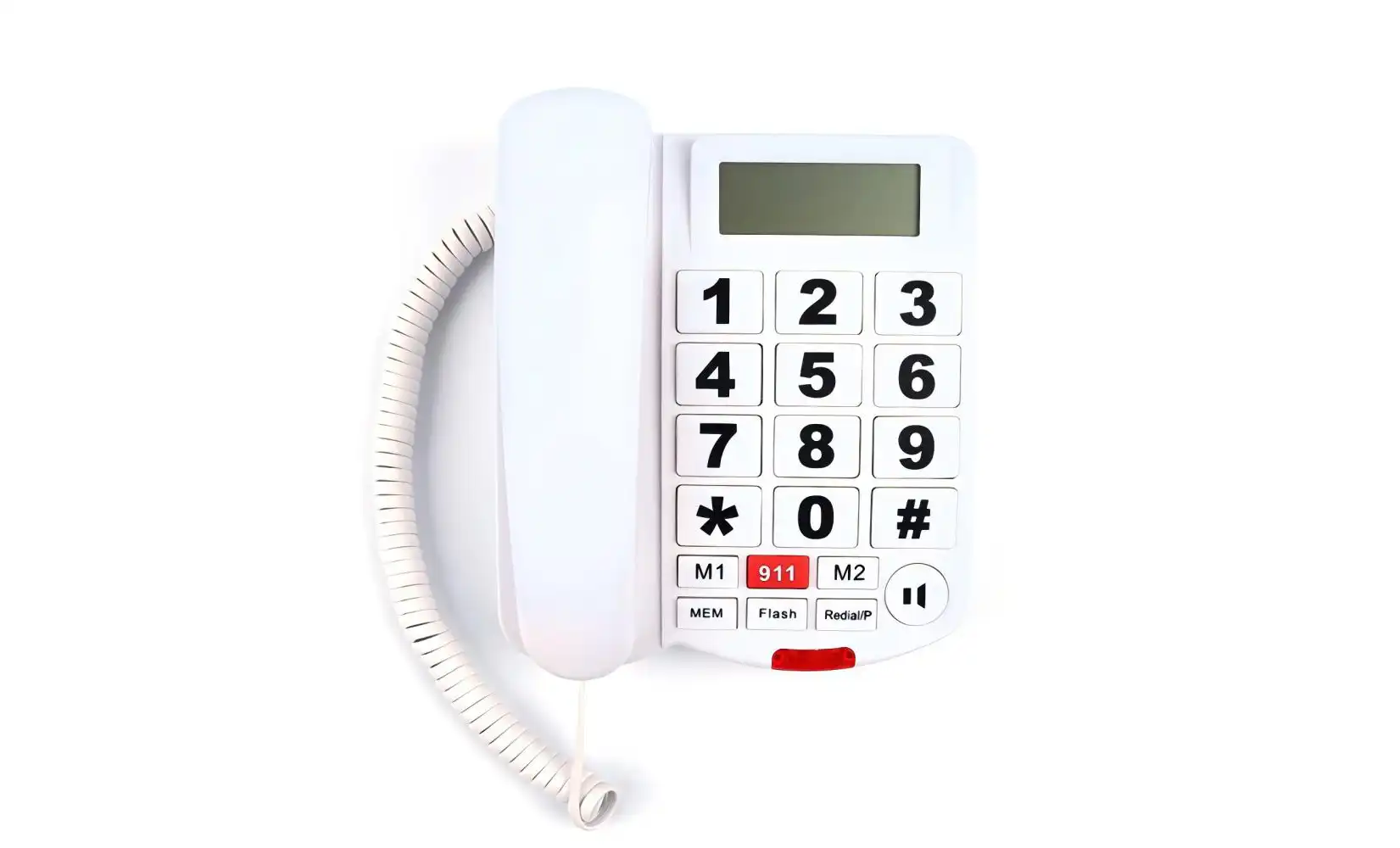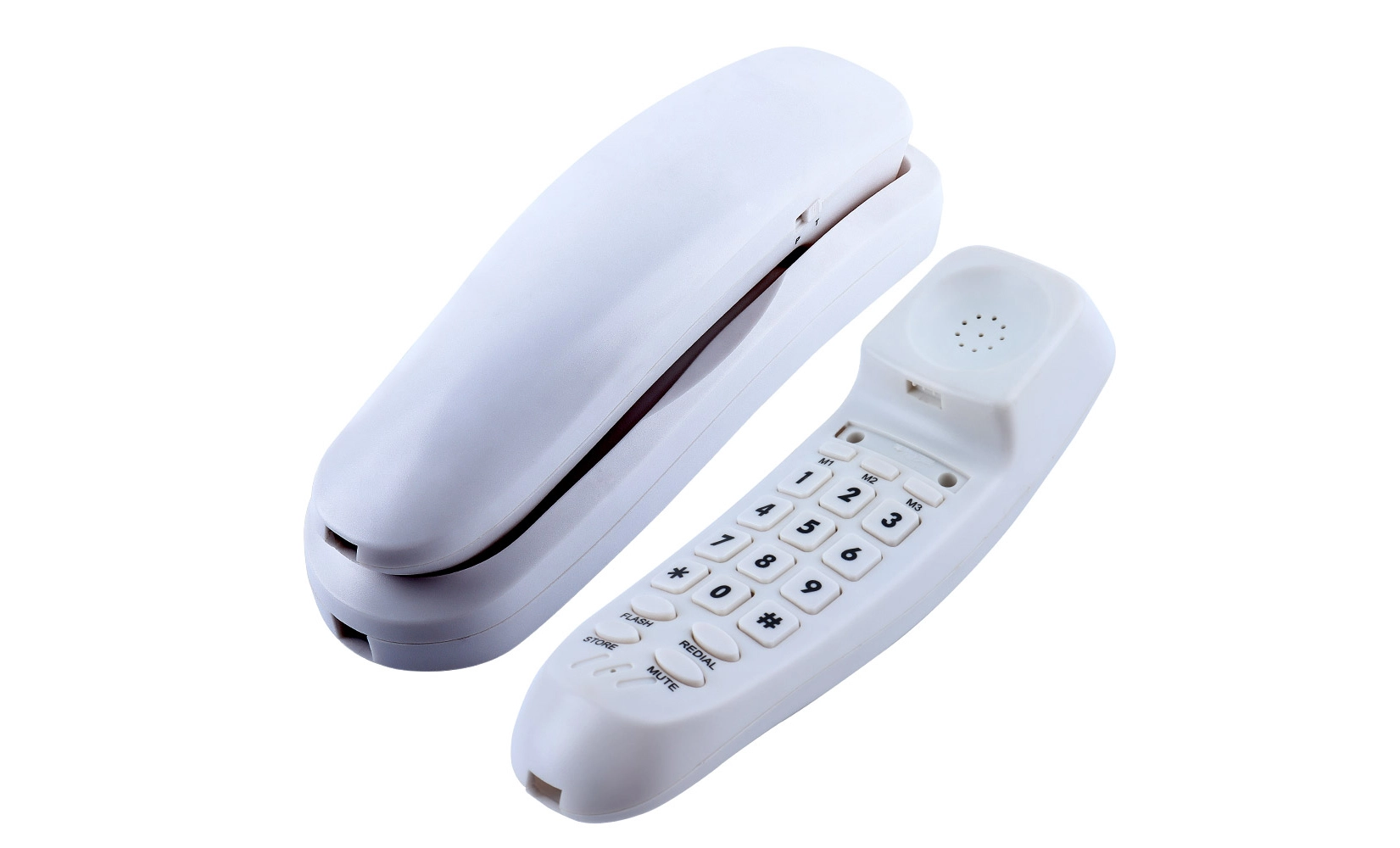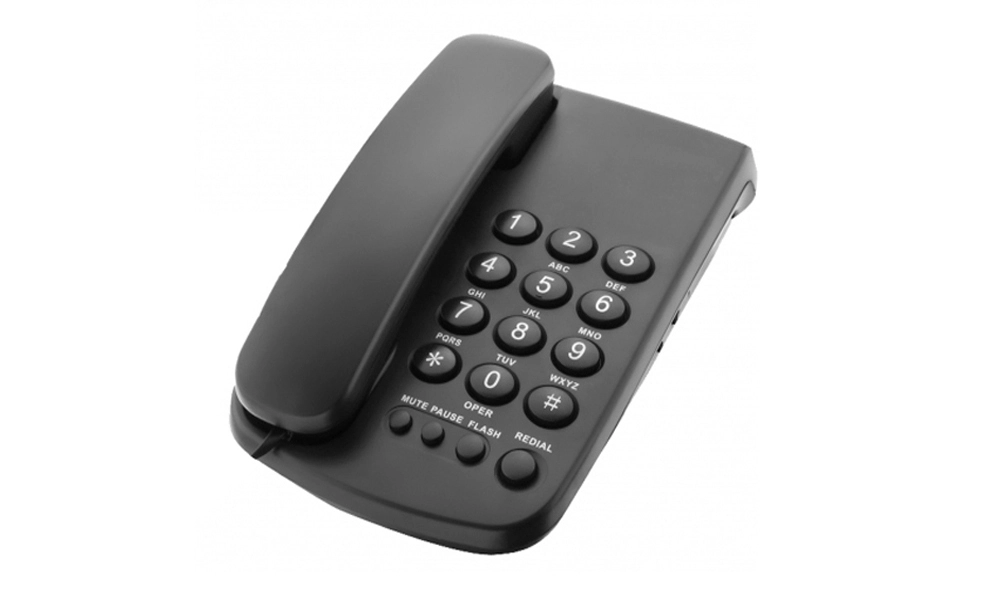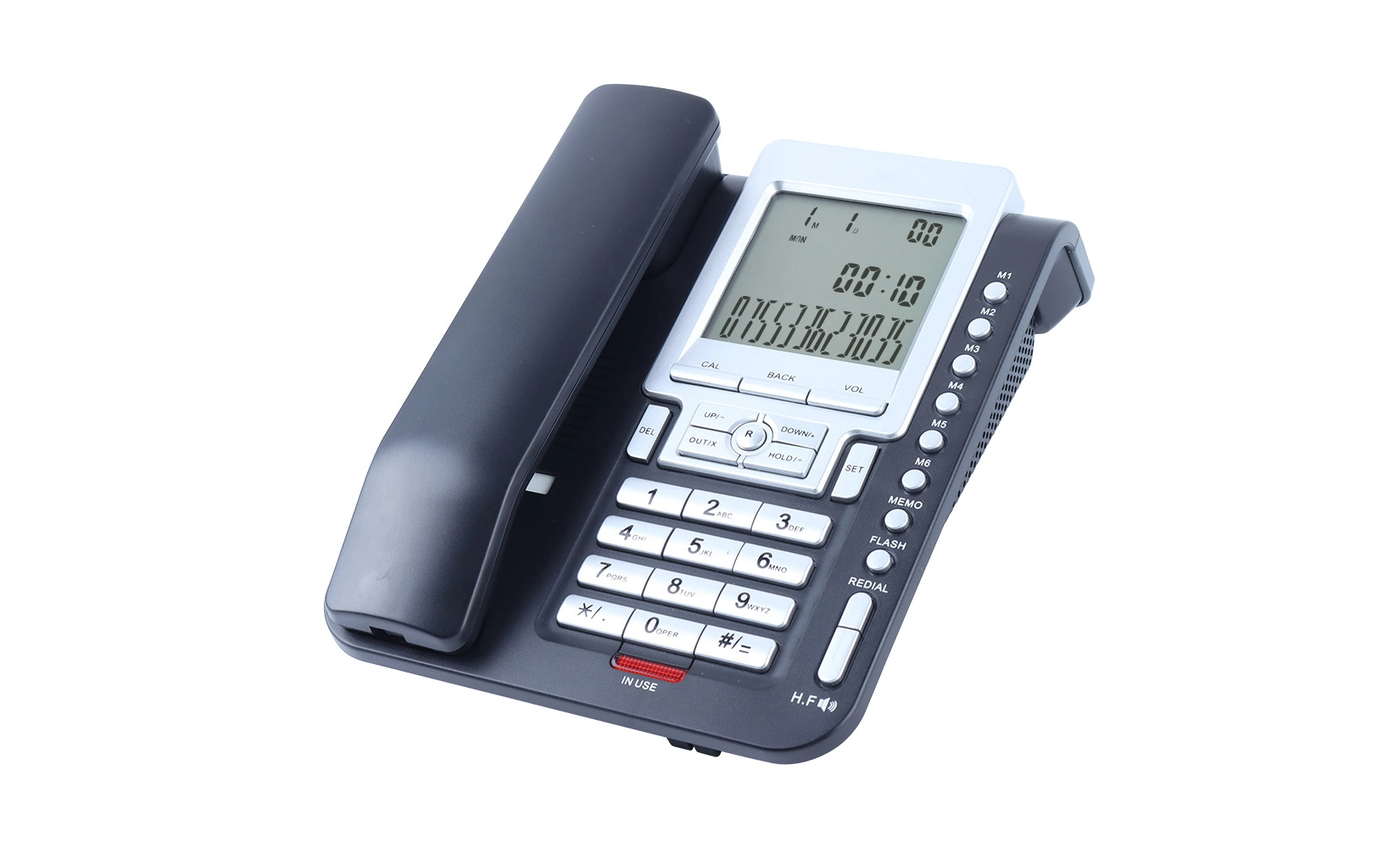The Psychology Behind Color-Coded Buttons in Senior-Friendly Phones
The implementation of color-coded buttons on big button phones for seniors is rooted in psychological principles that enhance user experience. Color psychology plays a crucial role in how we perceive and interact with our environment, including electronic devices. For seniors, this psychological aspect becomes even more significant as it can greatly impact their ability to use phones effectively.
Research has shown that colors can evoke specific emotions and associations, which can be leveraged to create more intuitive interfaces. For instance, green is often associated with positivity and action, making it an ideal choice for the call button. Red, on the other hand, is typically linked to stopping or urgency, making it suitable for the end call or emergency button.
Cognitive Benefits of Color Coding
Color coding provides cognitive benefits that are particularly advantageous for seniors. As we age, our cognitive processing speed may decrease, making it more challenging to navigate complex interfaces. By assigning specific colors to different functions, big button phones create a visual shorthand that can be processed more quickly and easily by the aging brain.
This color-based system reduces the cognitive load required to operate the phone, allowing seniors to focus on the task at hand rather than struggling to decipher button functions. It also aids in memory retention, as associating colors with actions can create stronger mental connections, making it easier for seniors to remember how to use their phones over time.
Enhancing Visual Accessibility
Visual impairments often accompany aging, making it difficult for seniors to distinguish between small or similarly designed buttons. Color-coded buttons on big button phones address this issue by providing an additional layer of visual information. The contrast between different colored buttons makes them more distinguishable, even for those with diminished eyesight.
Moreover, the use of bold, vibrant colors can help compensate for the yellowing of the eye's lens that occurs with age, which can affect color perception. By carefully selecting color combinations that remain distinct even with these visual changes, manufacturers can ensure that seniors can continue to use their phones effectively as their vision evolves.
Designing Effective Color-Coded Systems for Senior Phones
Creating an effective color-coded system for big button phones requires careful consideration of various factors to ensure optimal usability for seniors. Designers must balance aesthetics with functionality while keeping the specific needs of the elderly population in mind.
Color Selection and Contrast
The choice of colors is paramount in designing senior-friendly phones. High-contrast color combinations are essential for ensuring buttons are easily distinguishable. For example, pairing light colors with dark ones, such as yellow on black or white on blue, can significantly improve visibility. It's also important to consider color blindness, which is more prevalent in older adults. Using color combinations that remain distinct for those with color vision deficiencies is crucial.
Consistency and Standardization
Consistency in color coding across different models and brands can help seniors adapt more easily when switching phones. Standardizing certain color-function associations, such as green for call and red for end call, creates a universal language that seniors can rely on. This consistency reduces the learning curve and increases confidence in using new devices.
Complementing Colors with Textures and Shapes
While color coding is highly effective, combining it with tactile cues can further enhance usability. Incorporating different textures or shapes for buttons in addition to colors provides multiple sensory inputs, making it easier for seniors to identify functions even without looking at the phone. This multi-sensory approach is particularly beneficial for those with visual impairments or in low-light conditions.
 Impact of Color-Coded Buttons on Senior Technology Adoption
Impact of Color-Coded Buttons on Senior Technology Adoption
The introduction of color-coded buttons on big button phones has had a significant impact on technology adoption among seniors. This user-friendly design approach has helped bridge the digital divide, making mobile technology more accessible to older adults who might otherwise feel intimidated by complex devices.
Increased Confidence and Independence
Color-coded buttons contribute to increased confidence among seniors when using mobile phones. The intuitive nature of color associations reduces the fear of making mistakes, encouraging older adults to explore and use more features of their phones. This newfound confidence often translates into greater independence, as seniors feel more comfortable relying on their devices for communication and daily tasks.
Improved Emergency Response
In emergency situations, every second counts. Color-coded buttons, particularly those designated for emergency calls, can significantly improve response times. The ability to quickly identify and press a red emergency button, for instance, can be crucial in getting timely help. This feature not only enhances safety for seniors but also provides peace of mind for their caregivers and family members.
Bridging Generational Gaps
By making phones more accessible to seniors, color-coded buttons help bridge generational gaps in technology use. This increased accessibility encourages more frequent communication between seniors and their younger family members, fostering stronger connections and reducing social isolation. It also enables older adults to participate more fully in the digital aspects of modern life, from video calls to social media.
Conclusion
Color-coded buttons on big button phones represent a significant advancement in making technology more accessible and user-friendly for seniors. By leveraging color psychology and addressing the specific needs of older adults, these designs enhance usability, boost confidence, and promote independence. As technology continues to evolve, it's crucial to maintain this focus on inclusive design, ensuring that seniors can benefit from the latest communication tools and remain connected in our increasingly digital world.
FAQ
Are color-coded buttons effective for all seniors?
While color-coded buttons are beneficial for many seniors, their effectiveness can vary based on individual visual acuity and color perception. Some seniors with severe visual impairments or color blindness may require additional assistive features.
Can color-coded buttons be customized?
Some advanced big button phones offer customization options, allowing users to adjust color schemes to their preferences or visual needs. However, this feature is not universal across all models.
Do color-coded buttons affect battery life?
Generally, color-coded buttons do not significantly impact battery life. The power consumption difference between colored and non-colored buttons is negligible in most phone designs.
Enhancing Senior Communication with Color-Coded Big Button Phones | CHEETA
At CHEETA, we're committed to improving senior communication through innovative design. Our color-coded big button phones are crafted with precision at our 1,200㎡ Shenzhen factory, where 100+ skilled workers and 10 senior engineers ensure top-quality production. We manufacture 1,000 analog units daily, all meeting CE and ROHS standards. Our rigorous 11-step inspection process guarantees a failure rate below 1%. As a leading OEM/ODM manufacturer, we offer customized solutions to meet diverse senior needs. For inquiries about our senior-friendly phone solutions, contact allen@cheeta.com.cn.

References
1. Smith, J. (2022). "The Impact of Color Psychology on Senior-Friendly Technology Design." Journal of Gerontechnology, 15(3), 178-195.
2. Brown, A., & Johnson, L. (2021). "Cognitive Benefits of Color-Coded Interfaces for Older Adults." Aging and Technology Quarterly, 9(2), 45-62.
3. Lee, S., et al. (2023). "User Experience Improvements in Senior Phone Design: A Longitudinal Study." International Journal of Human-Computer Interaction, 37(4), 512-530.
4. Garcia, M., & Thompson, R. (2020). "Color Perception Changes in Aging: Implications for Product Design." Applied Ergonomics, 85, 103072.
5. Wilson, K. (2022). "Bridging the Digital Divide: The Role of Intuitive Interfaces in Technology Adoption Among Seniors." The Gerontologist, 62(4), 583-597.
 Color-coded buttons on
Color-coded buttons on 




